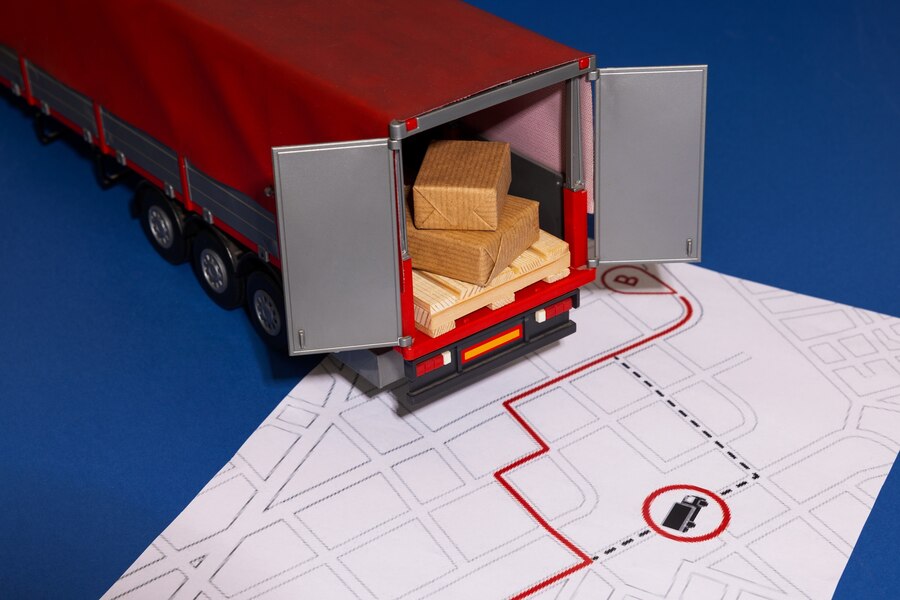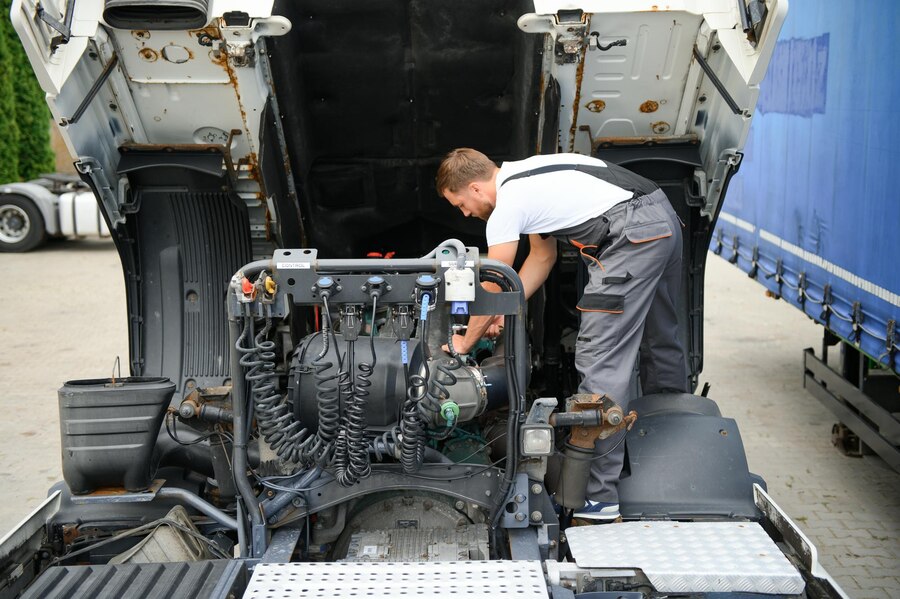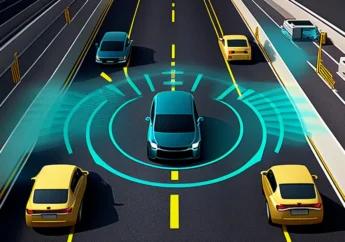5 Proactive Strategies Fleet Managers Can Use To Reduce Insurance Costs
by Mony Shah Automotive 02 March 2024

The past few years (especially when the pandemic raged in full force) have been tough from the global economic viewpoint. According to the International Monetary Fund (IMF), the worldwide growth outcomes do not appear to be too bad.
It is expected that growth will remain at 3.1% in 2024 and may rise a bit more (3.2%) in 2025. Even inflation is set up for a free fall during these years. Even so, a recession is looming over the horizon (as many firmly believe).
The general public sentiments vary between believing that it is already here or is yet to come. This scenario is being given the term ‘vibecession’ where industrial activity may seem alright (as per economic data) but people’s perception is negative. History teaches us that during such (perceived) crisis periods, companies across industry verticals scramble to cut costs.
Insurers are also expected to adjust their premiums (which means a sharp rise for the insureds). Auto insurance premiums may increase by a massive 10% in 2024. Reasons could include economic macro trends, rising costs of repair, and an increasing number of accidents.
It means now is the time for fleet managers to do their best to reduce overhead costs. In this article, we will discuss five proactive ways fleet management companies can lessen the financial strain by reconsidering their existing strategies.
Proactive Vehicle Maintenance

Be it a personal vehicle or a commercial fleet, vehicle maintenance is non-negotiable. Routine maintenance (and timely repair) will do more than extend your fleet’s lifespan. It is a known fact that well-maintained automobiles are less likely to experience mechanical failures (and accidents).
In other words, a fleet that is well taken care of can offer you good cost savings. Consider it this way – Insurers view fleets with a good maintenance history as low-risk. This is because such fleets have reduced chances of breakdowns and road mishaps.
They would be willing to offer lower premiums as a result. Just couple this with a good track record (from the safety perspective), and you could save significantly on insurance costs.
Employing Telematics And Multi-Cameras For Better Risk Assessment
Besides fault codes, fleet managers need to explore the different uses of telematics. It is a technology where onboard diagnostics (OBD) and GPS help in asset monitoring, including equipment, trucks, driver activity, etc.
Even the driver can have all-round situational awareness through 360◦ fleet vision. The system’s GPS will provide managers with real-time location updates of the vehicle through custom alerts.
According to Vestige, up to eight multi-cameras can be installed in strategic areas for a complete vehicle view. This means you can have data like braking patterns, vehicle speed, traffic rule compliance, and so on. With the power to record any event, you can save yourself from potentially exaggerated claims.
Moreover, the technology is so useful that many insurers are willing to offer discounted premiums to managers employing telematics. This is because it enables accurate risk assessment.
Comparing Insurers For Competitive Rates
Does loyalty offer some advantages in the insurance market? Yes, but that does not mean you should blindly stick to one insurer (or plan). Your fleet will evolve and the same policy may not be so cost-effective in the future.
This is why it becomes important to gather quotes from multiple insurance providers. Shop around a bit and explore all the available options. You may discover highly competitive rates with a different insurer.
Keep in mind that the insurance industry is extremely dynamic. You may be surprised that there are options that could lead to considerable cost savings. Sometimes, all you need to do is draw a little comparison.
Prioritizing Driver Safety Programs

It is true that a fleet can only be as safe as informed and trained its drivers are. So, another way fleet managers can lower insurance costs is to invest heavily in driver safety programs and training. This process would involve the following –
- Setting and communicating well-defined expectations and standards for drivers to adhere to
- Routine inspection of vehicles for compliance with Department of Transportation (DOT) regulations
- Making use of vehicle assignment history for asset monitoring
- Maximizing visibility with the help of telematics
Before you develop a driver safety program or policy, consider factors like whether or not drivers take vehicles home each day. If yes, then having a way to check the vehicle’s health and utilization status is imperative.
Then, you can rest assured that your vehicles are staying productive and being operated safely. As your fleet builds a safe track record, insurers will be willing to offer discounts for your commitment to safety.
Exploring Discounts And Bundling Options
Are you piecemealing your insurance coverage? This practice may seem beneficial in black and white, but it could also make you lose money. This is due to the perks of bundling that insurers often offer.
In other words, you may be able to secure special discounts for consolidating multiple policies under a single insurance provider. Hence, consider a single path for your needs – liability, property, or vehicle insurance.
Finally, you must periodically review your existing coverage levels and adjust them. What we mean by that is to reevaluate your policies based on vehicle usage patterns, age, and rate of depreciation. For this, you must work closely with your insurer.
Let them offer coverage that is tailored to your current needs. That way, you can enjoy the best of uncompromised protection and optimized fleet expenses.
Additionals:







































































































